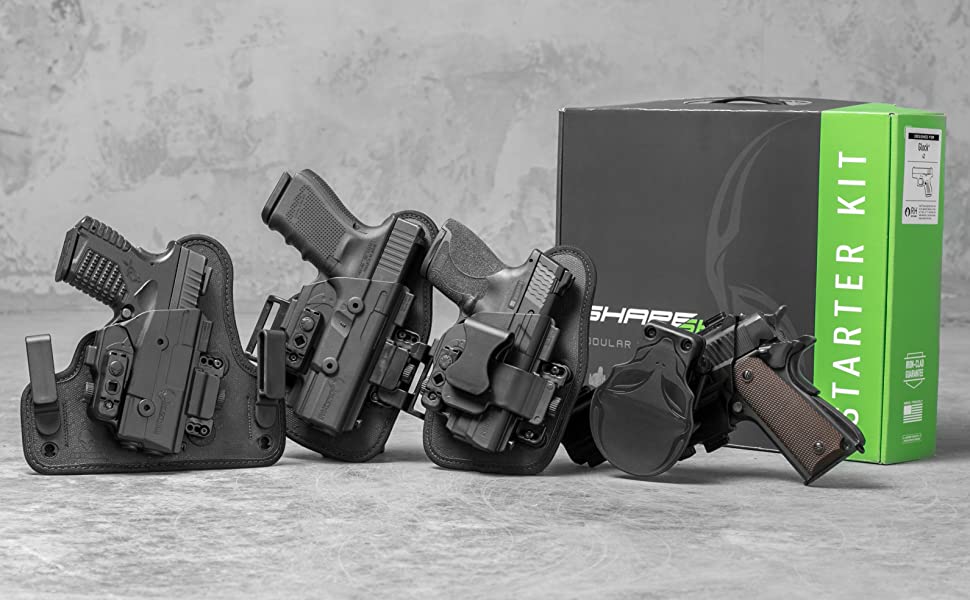How criminals are using 3D printing

by Police One
3D printing has the potential to transform the world in several ways.
It can:
Simplify manufacturing;
Shorten supply and distribution chains;
Democratize production;
Create and repatriate jobs;
Customize products to our needs.
3D printing can also be used for both causing crimes and solving them.
HOW 3D PRINTING IS BEING USED TO MAKE GUNS
In 2013, Texas law student Cody Wilson made headlines by 3D printing a plastic gun and posting the blueprints on the internet. The gun was primitive but it worked, successfully firing multiple live rounds. The blueprints for Wilson’s gun were downloaded 100,000 times before the U.S. government forced them to be removed from the server.

In early 2014, the “ZigZag” plastic revolver was 3D printed in Japan. Because Japan has strict antigun laws, the maker of the ZigZag gun was sentenced to two years in prison for 3D printing several guns and posting instructive videos on the internet.
Since then, 3D printing of guns has flourished. In June 2015, police in Chiloquin, Oregon, made arrests for the illegal possession of an AR-15 assault rifle. Its lower receiver—the key to what makes it a weapon—was believed to have been 3D printed.
In early 2016, a gun and 3D printing enthusiast called Derwood 3D printed the “Shuty” semi-automatic handgun. Ninety-five percent of the weapon was 3D printed. It fired at least 800 rounds and Derwood later announced an improved version.
In August 2016, the TSA found a 3D printed revolver in carry-on luggage at the Reno-Tahoe Airport. The gun was detected because it was loaded with live rounds.
A month later, a “Guy in a Garage,” as he calls himself, 3D printed the “Songbird,” which uses rubber bands for springs and a roofing nail for a firing pin, and fires multiple .357 rounds.
3D printed weapons need not be guns in the traditional sense, but may be just as dangerous. In late 2015, a plasma railgun was made by an anonymous Imgur user known as NSA_Listbot, who used a 3D printer and commonly available parts to make a handheld electromagnetic projectile launcher that fires rods made of Teflon/plasma, graphite, aluminum and copper-coated tungsten at a speed of about 560 mph.
In March 2017, the U.S. Army announced its 3D printed grenade launcher, which it nicknamed “RAMBO” (Rapidly Additively Manufactured Ballistic Ordnance). The weapon was 100 percent 3D printed, except for the springs and fasteners, and fires 3D printed grenades.
Join Auction Armory FREE here!
Published in Firearms, News



